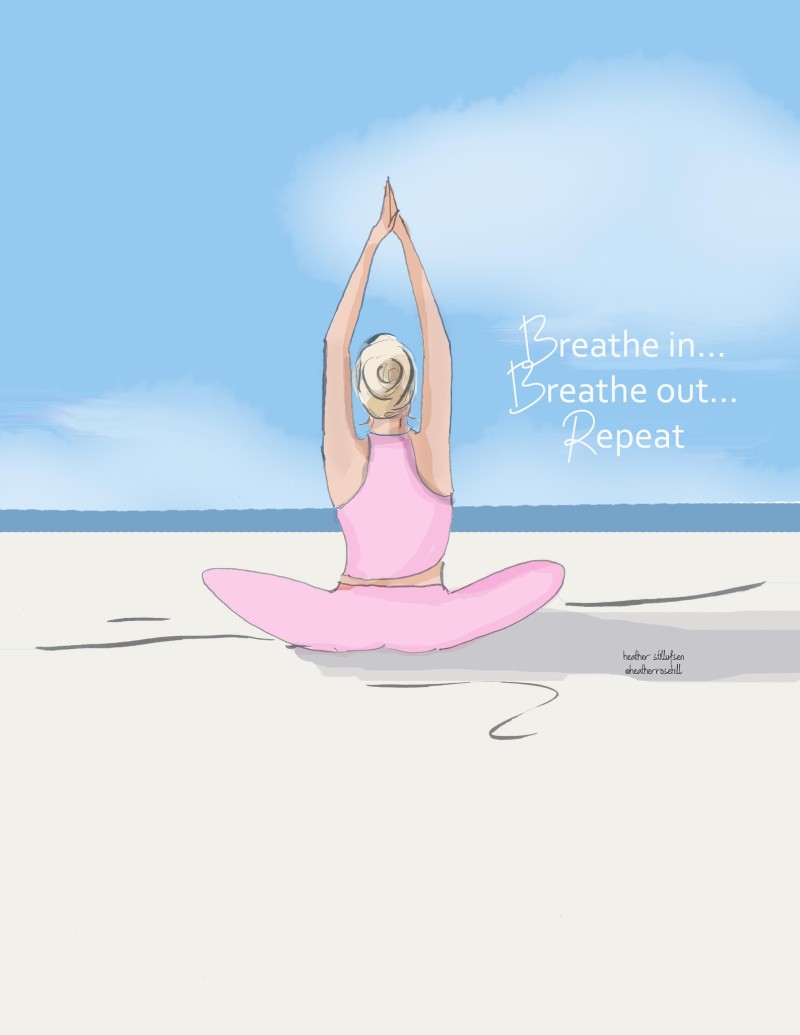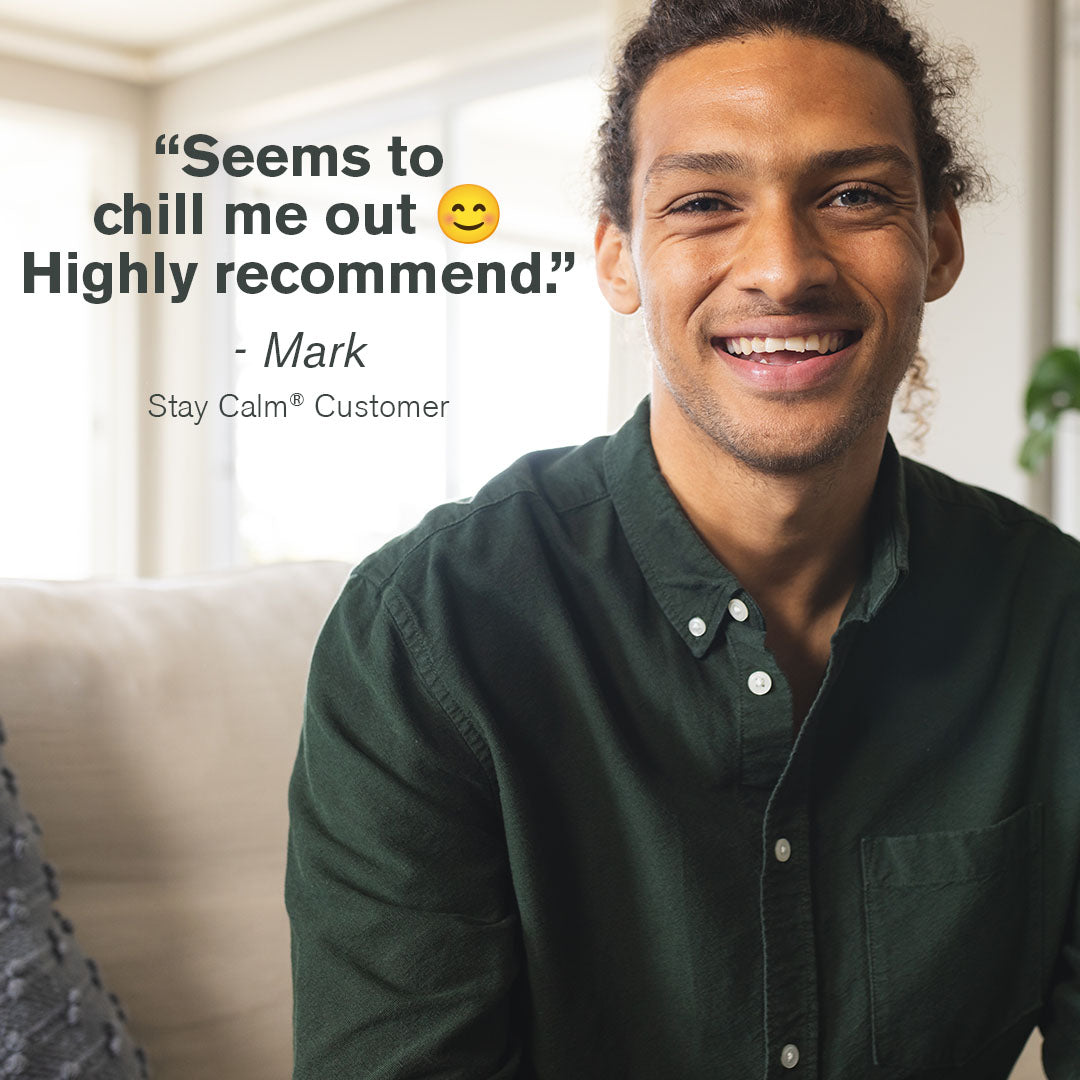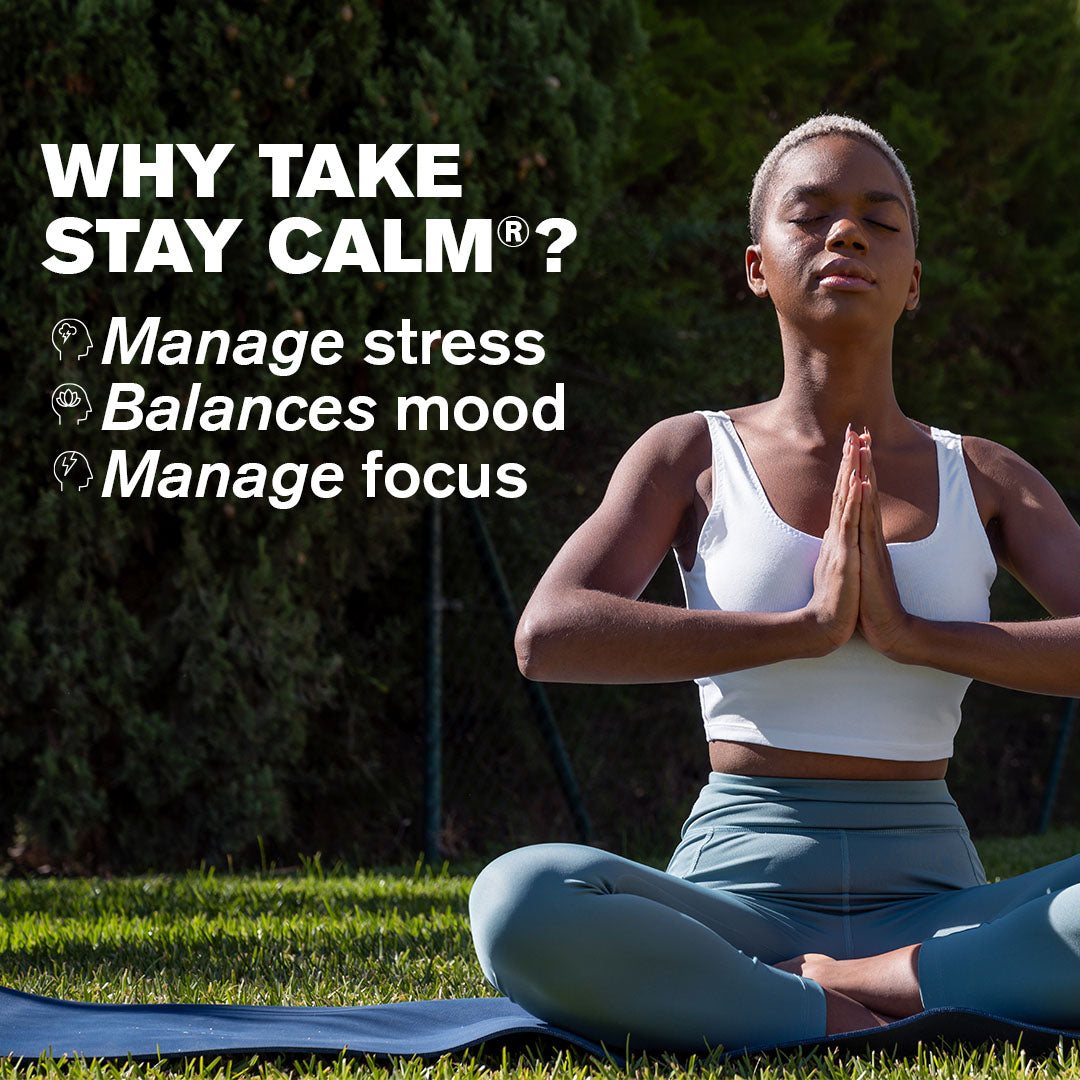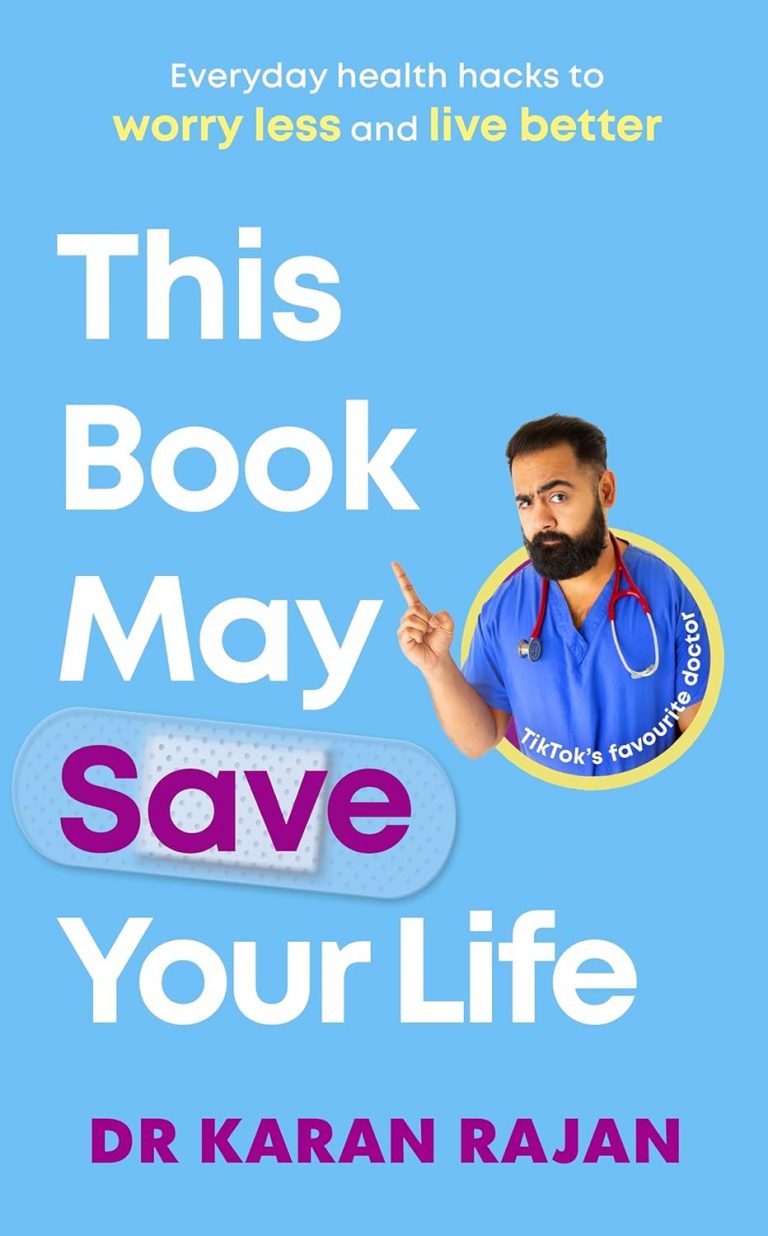
Anxiety touches many of us in daily life. Busy schedules, constant notifications, and long to-do lists can make your mind run hot. Anxiety is a natural response to stress, but it can grow louder if you ignore it.
The good news is that simple steps can help prevent anxiety from taking over. Small habits support your body and mind, and you do not need expert help to get started. In this guide, you will find easy daily habits, short mindfulness practices, and social steps that protect your mental health.
Adopt Healthy Daily Habits
![]()
Daily habits create a base for calm. When your body is cared for, your mind has a better chance to stay steady. Research across general health shows strong links between movement, sleep, and mood. You do not need complex plans. You need simple steps you can repeat.
![]()
Start with one habit. Keep it light and make it part of your routine. Consistency beats intensity.
Get Moving with Regular Exercise
Movement lifts mood, reduces stress hormones, and helps you sleep. Even a short walk can release endorphins that make you feel more balanced. You do not need a gym to get the benefit.
Try these easy ideas:
- 20-minute walk most days, around your block or a nearby park.
- A beginner yoga video at home, three times a week.
- A short home workout with bodyweight moves, like squats and gentle stretches.
Add music or a podcast to make it enjoyable. If you like company, invite a friend. Keep the effort steady and kind, not all-or-nothing. Over time, you will notice better sleep, more energy, and a quieter mind. Move a little, most days.
Prioritise Quality Sleep Every Night
Sleep resets your brain and body. It helps regulate emotions and reduces the chance that worry will spiral. When sleep is steady, thinking feels clearer and small problems stay small.
Try a simple wind-down routine:
- Set a regular bedtime and wake time, even on weekends.
- Create a calm hour before bed, with low light and quiet tasks.
- Avoid screens late at night, since bright light can keep your brain alert.
- Keep the bedroom cool, dark, and tidy.
Watch out for late caffeine. Many people sleep better if they stop coffee after lunch. A warm shower, a light stretch, or a book can cue your body to rest. Treat sleep as a habit you feed each day, not a switch you flip.
Eat Balanced Meals for Stable Mood
Food fuels your brain. Balanced meals help keep blood sugar steady, which can prevent mood dips and sharp spikes in worry. Focus on whole foods, lean protein, fibre, and healthy fats. Omega-3s from walnuts, or flaxseed support brain health.
Simple ways to start:
- Add a handful of veg to every plate, fresh or frozen.
- Begin days with oats and plant yoghurt for steady energy.
- Choose whole grains over white bread or sugary snacks.
- Keep water nearby and sip through the day.
If you want something sweet, pair it with protein or fibre. This slows the sugar rush and helps you feel settled. Small, steady upgrades beat big overhauls.
Master Simple Mindfulness Practices

Mindfulness helps you notice thoughts without getting stuck in them. It builds a gap between a trigger and your response. You can use short practices to interrupt anxious spirals and return to the present. Think of it as mental hygiene, quick and gentle.
Keep it short at first. One minute counts. Practice little and often.
Try Deep Breathing Exercises Anywhere
Breathing is a fast route to calm. A simple method is 4-7-8 breathing. Inhale through your nose for 4 seconds, and exhale through your mouth for 8. Repeat for 4 rounds. Don’t hold your breath, if you have heart problems.
This pattern can activate your body’s relaxation response. It slows the heart rate and eases tense muscles. Use it before a meeting, on the train, or when you wake in the night.
Incorporate Short Meditation Sessions
Short daily sessions train your attention. Five to ten minutes is enough to make a difference.
Benefits can include less rumination, better focus, and a kinder inner voice. If your mind wanders, return to the breath or the guidance without scolding yourself. That return is the practice.
A simple flow:
- Sit upright and relaxed, feet on the floor.
- Notice the breath, cool in, warm out.
- When thoughts arise, label them “thinking”, then come back.
Over time, you will spot anxious loops sooner, and choose a calmer path.
Strengthen Your Support Network
People help people. Supportive links reduce the load and make stress feel more manageable. At the same time, boundaries protect your energy. You need both connection and space.
Build this slowly. Keep it honest and kind. Connection buffers stress.
Connect Regularly with Friends and Family
Regular contact grounds you. A short chat, a cup of tea, or a walk with someone you trust can shift your mood. Sharing feelings can normalise your experience and bring fresh perspective.
Start simple:
- Message one friend to check in.
- Set a weekly call with a family member.
- Plan a light meetup, like a coffee or a stroll.
You do not have to share everything. Share what feels safe. The aim is comfort, not pressure.
Limit Exposure to Stress Triggers Like Social Media
Constant news, alerts, and comparisons can keep your mind on edge. A few small limits can cut the noise.
Practical ideas:
- Set time limits and stick to them.
- Follow accounts that uplift, mute the rest.
- Try phone-free evenings or a basket for phones at dinner.
- Replace idle scrolls with a hobby, a book, or a short walk.
Notice how your mind feels after a pause. Keep what helps, drop what drains.
Know When to Seek Professional Support
Sometimes tips are not enough. If worry sticks around for weeks, affects sleep, work, or relationships, or if you feel on edge most days, it is time to get more help. Speak to your GP. In the UK, they can discuss options like CBT or counselling, and point you to local services. Many people find relief with guided support.
Asking for help is a strong step. It shows care for your wellbeing. You do not need to wait for a crisis to get support.
A Sustainable Vegan Supplement for Stress

Stay Calm is a supplement that blends trusted botanicals with key minerals and vitamins to support a balanced mood, steady focus, and better energy. It works with your body’s own stress response, rather than masking it. No animal ingredients, no additives, and no fuss.
Check with GP before taking supplements, if pregnant/nursing or on other medication or supplements. Due to ashwagandha, avoid for thyroid or autoimmune disorders, or if about to have surgery. Keep away from children and pets.
Unlike sedatives, Stay Calm supports your stress response without drowsiness. It eases tension while helping you stay alert, so you can meet the day’s demands with a steady mood and clear focus. Users often take it in
Many competing formulas rely on gelatine capsules or include fillers. Stay Calm uses a vegetable cellulose capsule, simple ingredients, and a thoughtful blend geared towards mood balance, focus, and steady energy.
Key Ingredients and Their Roles
- Ashwagandha KSM-66: Helps balance the stress hormone cortisol. Users often report calmer days and improved sleep quality over time.
- Rhodiola: Supports energy balance and mental stamina. It may help with focus when pressure rises.
- Schisandra: Traditionally used to support stress adaptation and clarity. Think of it as a steadying hand for your thoughts.
- Cordyceps: Linked with natural energy support. Useful when your day demands sustained effort.
- L-theanine: The calm-alert amino acid in tea. Helps ease tension while maintaining concentration.
- L-tyrosine: A building block for dopamine and noradrenaline. Supports mental performance under pressure.
- Magnesium: A relaxation mineral. Aids muscle ease and supports nervous system function.
- Vitamin B5 and B6: Back energy metabolism and support normal psychological function.
- Selenium and Chromium: Trace minerals that support general wellbeing and stable energy.
- Kelp extract: A natural source of nutrients that complement the blend.
- BioPerine: Black pepper extract used to aid absorption.
Real Benefits and User Experiences

People take Stay Calm for steady mood, less overwhelm, and better rest at night. The blend supports calm focus, which can make a real difference when deadlines loom or home life gets hectic.
You can take two capsules daily, together or split across the day. Some choose one capsule when they want lighter support. Most users expect gentle changes within 2 weeks, such as inner calm and clearer focus. By week 3, many report less tension and more confidence in stressful situations. By weeks 6 to 8, people often notice better relaxation in the evening, and for some, this helps with drifting off to sleep.






